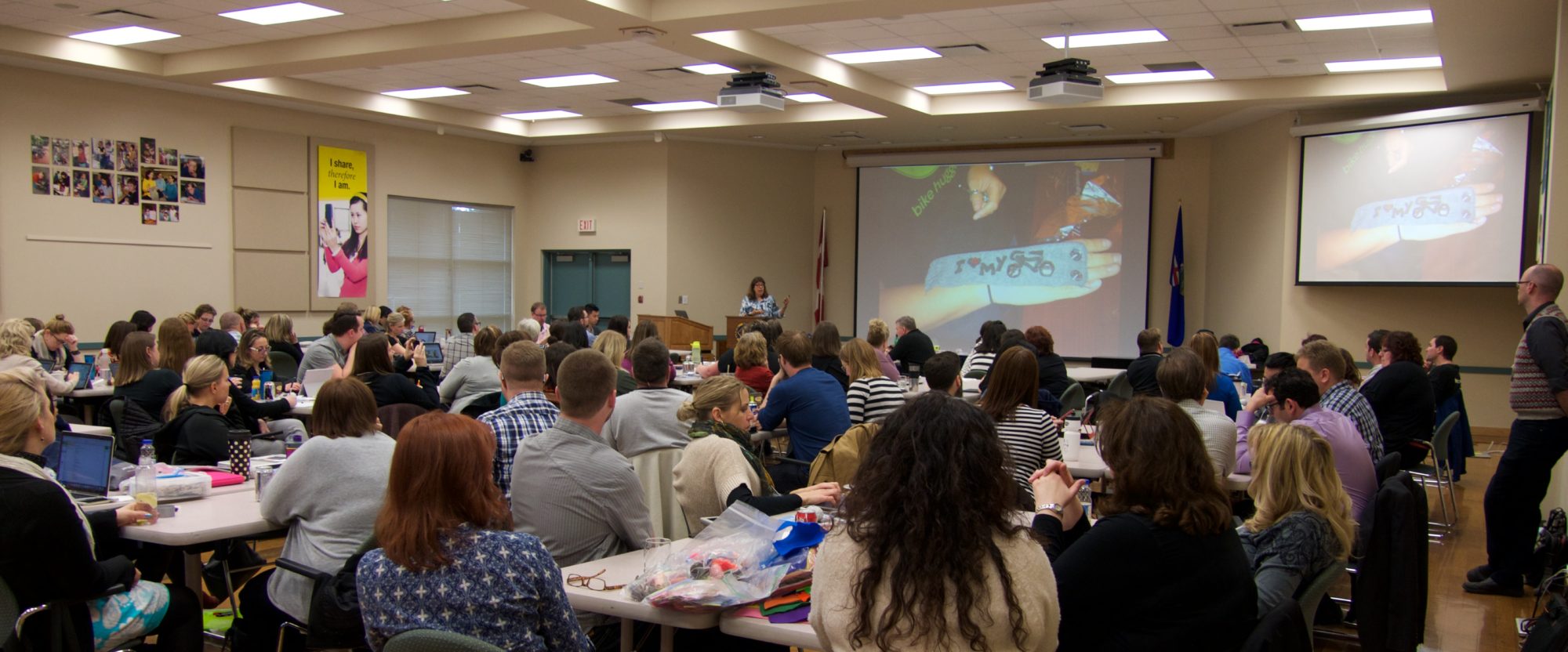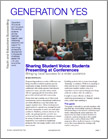Wow, I’ve had this post in draft mode for way too long and it’s getting way too long as a result! This may turn out to be a couple of posts.
Constructing Modern Knowledge 2009 was July 13-16 in Manchester, NH. This is the second year for this event, and my second year being on the faculty.
First of all, the event once again exceeded my expectations, both in content and the attendees. The things that happened there and the conversations I’ve had fueled a lot of new thinking on my own part. There were also some things that I wished we’d had more time for.
At CMK, there are few presentations, so that the bulk of the time is spent working on projects and thinking about how these kinds of project experiences, especially using computers, translate back to the classroom. But two presentations stood out to me and invaded my thinking throughout the event and beyond.
 Deborah Meier was one. She was warm and grandmotherly, smart, and her presentation was amazing. And when I say presentation, it wasn’t a powerpoint. It was just her, standing in front of us recounting her own journey to becoming a progressive educator with insightful, interesting anecdotes that perfectly illustrated her points. Her appeal for a community-based approach to education and its connection to building our democracy was compelling and reinforced much of my work in regards to student voice.
Deborah Meier was one. She was warm and grandmotherly, smart, and her presentation was amazing. And when I say presentation, it wasn’t a powerpoint. It was just her, standing in front of us recounting her own journey to becoming a progressive educator with insightful, interesting anecdotes that perfectly illustrated her points. Her appeal for a community-based approach to education and its connection to building our democracy was compelling and reinforced much of my work in regards to student voice.
I was glad that I re-read her book, The Power of Their Ideas on the plane ride to Manchester. It reminded me of how subtle ideas can be so powerful when executed with passion and care. Her talk reinforced how much work it takes over long periods of time to make things you care about sustain and grow.
Lela Gandini was the other speaker that brought it home for me. Dr. Gandini is the United States liaison for the dissemination of the Reggio Emilia approach, a revolutionary learner-centered approach pioneered in Reggio Emilia, Italy. Her presentation was complemented by amazing visuals of the Reggio schools and the work of children. The schools are constructed with deliberate care to provide space, light, and to support a creative learning environment. The attention to detail and the constant working towards making it better was fascinating.
Reggio is also built on having teachers carefully listen to children, document and discuss their work, and take direction from the interests of children to build a rich, layered learning experience. There is a lot of attention paid to the integration of art using rich materials to draw out children and help develop the child’s sense of self, and their place in the community and the world.
The juxtaposition of Meier’s focus on student voice as a part of creating a stronger democracy and the Reggio focus on listening carefully to student ideas to guide learning opened my eyes once again. They both were saying similar things, yet in subtly different ways. There were so many factors that go into creating these kinds of learning communities, not the least of which is the importance of engaging adults who are willing to be open to learning themselves and sublimating their own desire to quickly impart knowledge into a desire to guide children as part of a life-long learning journey.
Next post will be more about the attendees and the awesome project work we all did during the week. You may have also noticed that there seemed to be very little in this post to do with technology. I’ll talk about that later too. For now, though, just a few resources about these two remarkable women and “the power of their ideas.”
An online bookstore collection (by Gary Stager,) including books by Deborah Meier and books about Reggio Emilia.
More to come…
Sylvia


 Deborah Meier was one. She was warm and grandmotherly, smart, and her presentation was amazing. And when I say presentation, it wasn’t a powerpoint. It was just her, standing in front of us recounting her own journey to becoming a progressive educator with insightful, interesting anecdotes that perfectly illustrated her points. Her appeal for a community-based approach to education and its connection to building our democracy was compelling and reinforced much of my work in regards to student voice.
Deborah Meier was one. She was warm and grandmotherly, smart, and her presentation was amazing. And when I say presentation, it wasn’t a powerpoint. It was just her, standing in front of us recounting her own journey to becoming a progressive educator with insightful, interesting anecdotes that perfectly illustrated her points. Her appeal for a community-based approach to education and its connection to building our democracy was compelling and reinforced much of my work in regards to student voice. But now, ASCD is offering ebooks with article collections with a short period of free access.
But now, ASCD is offering ebooks with article collections with a short period of free access. This weekend I’ll be in San Diego as an invited speaker at the
This weekend I’ll be in San Diego as an invited speaker at the  The second year of anything is always a test of faith against the
The second year of anything is always a test of faith against the 
 Well, it seems like I just got home from the east coast, and I’m off again!
Well, it seems like I just got home from the east coast, and I’m off again!